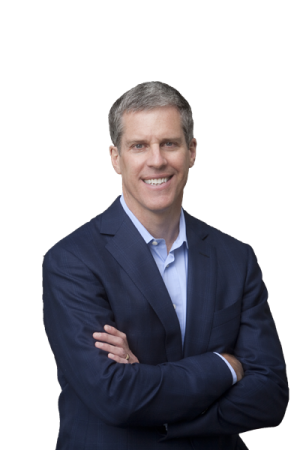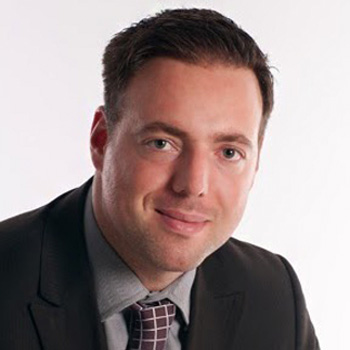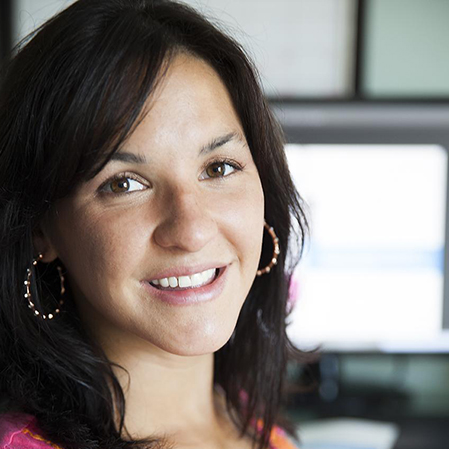
Many readers have reached out to me wanting to know my favorite parts of my new book, Predictable Prospecting, and my advice for tackling the process I’ve outlined. This week I’m breaking down Predictable Prospecting chapter-by-chapter and picking out the most important concepts you need to know, areas that have been updated since Predictable Revenue … Read more
Episode 41: Understanding Buyer Behavior – Marc McNamara
Today’s guest is Marc McNamara, Chief Enablement Strategist at The Value Shift, a company that presents a unique solution to the sales productivity challenge. We’re here to talk about Marc’s experience with team enablement, how to get the best out of your top-of-funnel conversations, and finding the root of your buyer’s behavior. Episode Highlights: … Read more
Episode 40: Strategic Guide to Creating a Winning Sales Team – Max Cates
How do you become a strong leader? How do you encourage your team to be not just good, but great? My guest today is an expert on managing sales teams and the author of Seven Steps to Success for Sales Managers: A Strategic Guide to Creating a Winning Sales Team Through Collaboration. Max Cates is … Read more
Episode 39: On Social Selling and Linkedin – Kurt Shaver
Facebook, Twitter, Instagram, Linkedin – there’s a huge chance that your ideal customer has an account on at least one of them. As our role as business developers continues to evolve, the technologies and techniques we use to connect with prospects has changed as well. My guest today is Kurt Shaver of The Sales Foundry, … Read more
Episode 38: [Interview] Marylou Tyler and Gabriel Padva – Role of the Sales Development Rep (SDR)
On this episode, I’m interviewed by my longtime friend and colleague Gabriel Padva. Gabriel is the founder and principal consultant at 30,000 FT Strategies, a company that focuses on helping companies communicate with their prospects. He is also a CRO at Revenue Accelerator Inc. We go in-depth into the role of the sales development rep, … Read more
Episode 34: Benefits and Challenges of Separating Roles on the Sales Team – Pleasant Rich
Are you running a “one-man show”, where you do absolutely everything yourself – from building the pipeline to closing the sale? How effective is your current system? On this episode we’re joined by Pleasant Rich, the Director of Enterprise Sales at Outreach, a team-based sales communication platform. We discuss the benefits and challenges of separating … Read more
